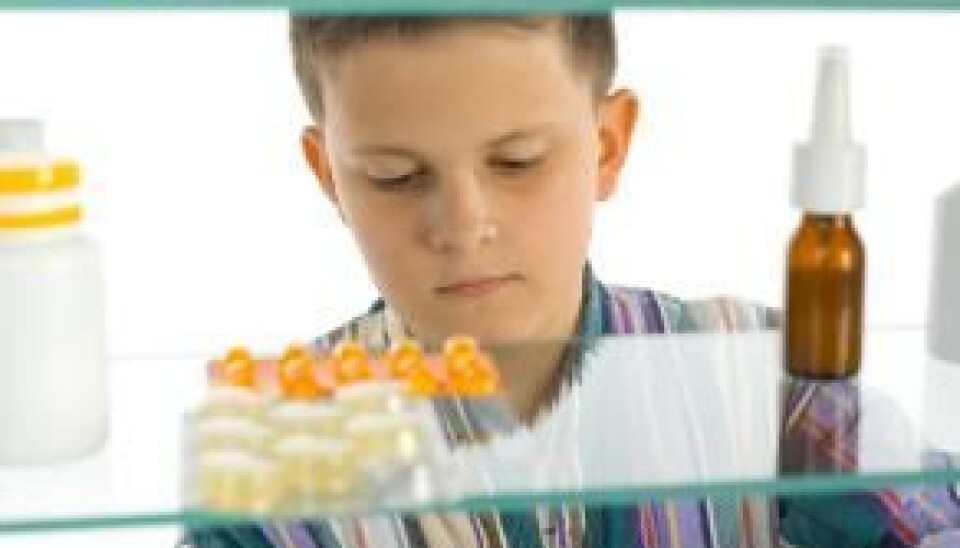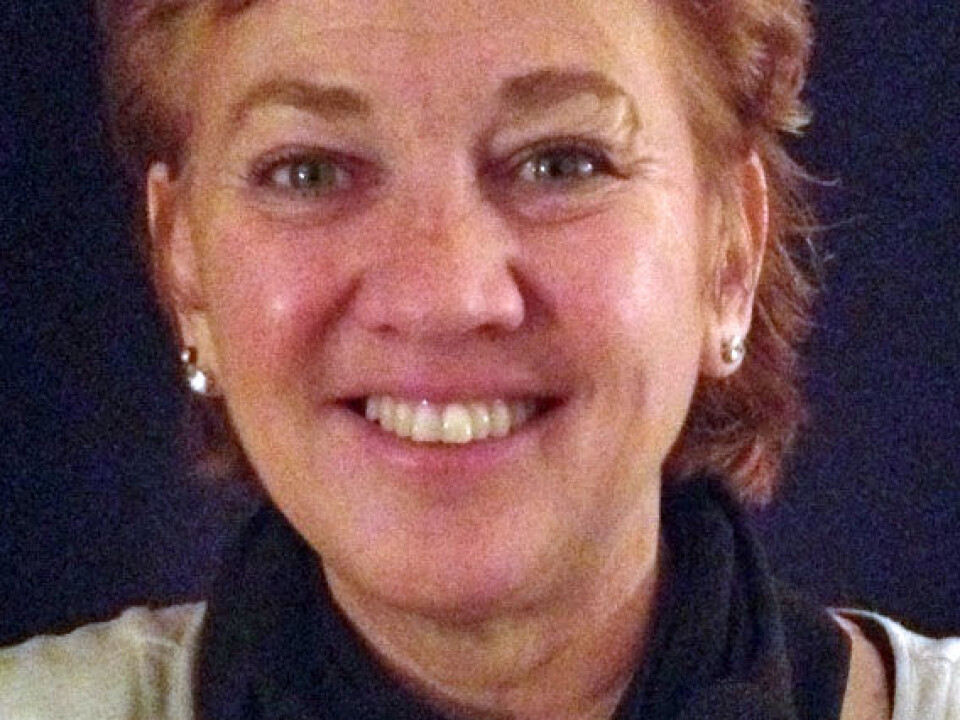
Collaborating to improve lives
Multidisciplinary cooperation improves the life quality of child cancer survivors.
Denne artikkelen er over ti år gammel og kan inneholde utdatert informasjon.
Researcher Mary-Elizabeth Bradley Eilertsen has worked with cancer-stricken children for over 34 years. Recently she has also explored how children who survive serious illnesses view their own lives.
She has experienced that some children tackle the situation well, whereas others have far more difficulties. Close collaboration among different treatment providers and across professional lines can help considerably.
“The study shows that children and adolescents who survive cancer think the quality of their lives is equal to that of their friends,” says Eilertsen.
Cooperation model

The model she has researched involves cooperation between hospitals and the home municipalities of the young cancer patients.
This multidisciplinary model was pioneered at St. Olav’s Hospital in Trondheim and was initiated in 1985.
The goal of the model is to give the youngsters and their families individual follow-ups after the kids come home. The frequency and extent of the follow-ups of the patients and their families are determined on an individual basis.
Families were followed up one year after the end of treatment.
Some 120 to 150 children under age 15 are diagnosed with cancer in Norway every year. In 2009 about 40 children in this country died of the disease.
“I have asked the child cancer patients, their parents and others such as teachers who have been in close contact what their impressions are. Many of the children claim to be doing just fine, while their parents and others dispute that."
Routines and structures
A part of Eilertsen’s study involved charting psychosocial health and quality of life among children and youth who had survived cancer. A comparison was made between their life quality and that of healthy peers.
“The response percentage was a little low, so the figures have to be treated with caution. The study does show however that it’s important for these kids and their families to receive counselling, support and assistance. My findings show that the multidisciplinary model works, and we’ve achieved a better understanding of how cancer is experienced by the child and its family.”
A questionnaire was also sent to professionals and 91 of them responded, of which 17 were interviewed. The professionals reported that collaboration enabled them to draw upon one another’s skills and resources in ways that improved their follow-ups of the children and their families.
These professionals also said a prerequisite for this model was well established routines and structures.
How to measure life quality?
Determining what comprises good life quality or quantifying it is no easy task. A number of factors are at play and one person’s conception of a good life needn’t coincide with another’s.
“So the most important thing is to ask the children themselves, but you also have to communicate with their parents and others who are close to them to get a more composite answer,”
Eilertsen's findings indicate that multidisciplinary cooperation and long-term follow-ups are crucial for optimizing the lives of children with cancer.
She has now been invited to Karolinska University Hospital in Sweden for collaboration in this research.
“They view my research on multidisciplinary cooperation as a pioneer initiative. It’s an added bonus for me and especially for my research that I can continue with it,” says Eilertsen.
Reference:
Mary-Elizabeth Bradley Eilertsen, Children and Adolescents Surviving Cancer: Psychosocial Health, Quality of Life and Social Support, Doctoral thesis, Department for Laboratory Medicine, Children and Women’s Health, NTNU, November 2011
Translated by: Glenn Ostling
































